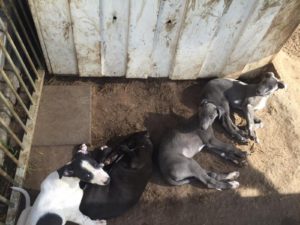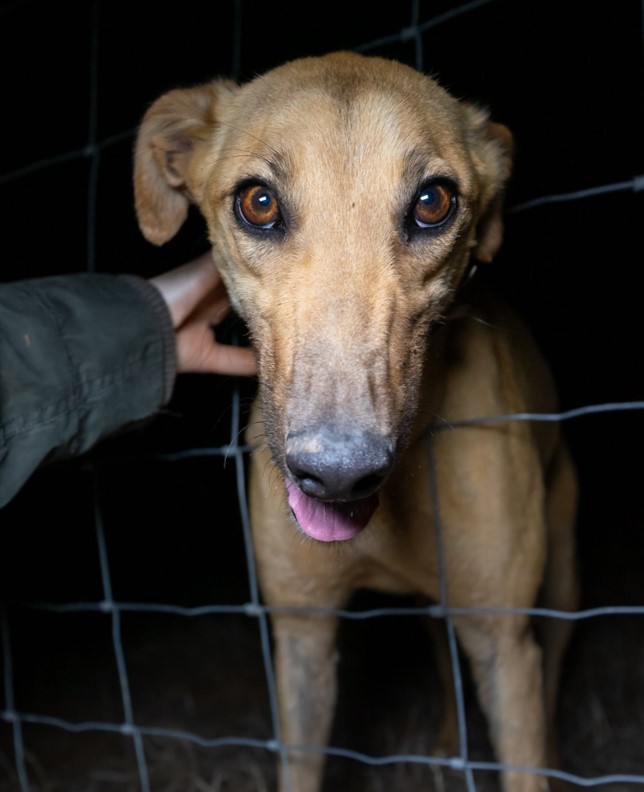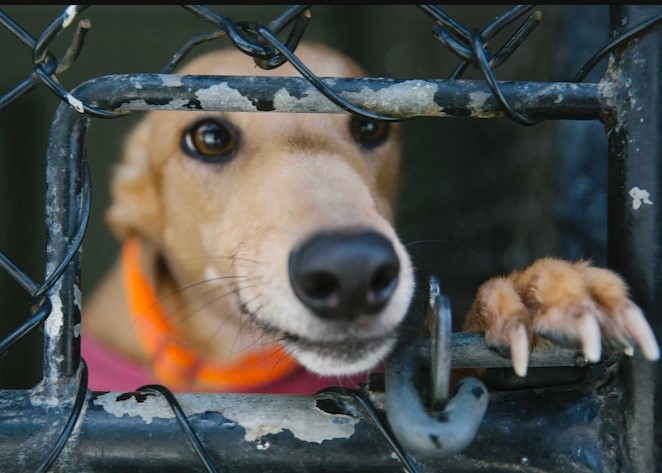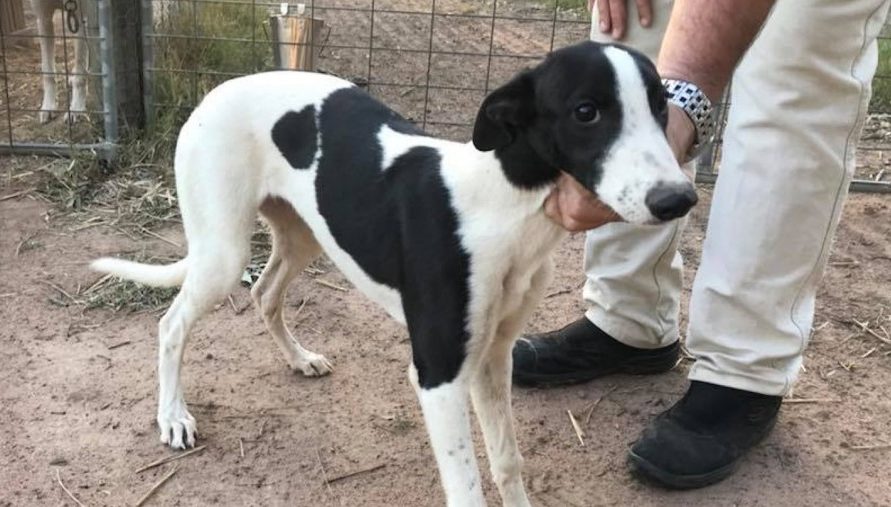by Siân Rinaldi, ACT Greyhound Support Network
CEO Tony Mestrov has left Greyhound Racing NSW proudly proclaiming that the industry is in “great shape” and applauding industry participants’ efforts to improve greyhound welfare.(1) He singles out the industry’s rehoming programs for special mention.
Anyone involved in rehoming greyhounds outside the racing industry knows that the increased focus on “welfare” has proved a double edged sword. While less dogs are being killed during their time in the industry, many of the dogs which are emerging have significant fear-based behavioural issues. This has a serious financial and emotional impact on community rehoming groups who are already overrun with dogs with hundreds more on waiting lists.(2)
Regulations making it harder to euthanise dogs have also meant owners and trainers are putting increasing pressure on groups to take more dogs. And the dogs we are seeing coming through require considerable time and finances to rehabilitate for life as a pet.(3)
Ultimately, these dogs are not well bred, with most breeders looking for quality racing traits such as prey drive and speed. These are not necessarily traits which are sought after with pet dogs and can be incongruous with life in city communities where many of these dogs are ending up post their racing careers.
Lack of socialisation

People are now understanding the significant impact good socialisation as young puppies has on adult dogs. Registered breeders of other breeds are going above and beyond. They work with their puppies from as young as a few weeks to provide varied experiences as well as one-on-one interactions, learning to be alone, and excursions to become confident in different environments.
Many greyhound puppies are not given these opportunities, only experiencing where they were born and training facilities, with the latter occurring after critical socialisation windows have lapsed. There are very few opportunities for these puppies to learn about other breeds of dogs, other types of animals or different environments.
It is not financially feasible for breeders or trainers to offer this level of socialisation as trainers, owners and syndicates will not pay for this service. This lack of quality and varied socialisation is hugely detrimental to the greyhound in later life when trying to transition into communities as a pet.
There are three key changes that would significantly improve welfare for these dogs when it comes time to transition out of the industry:
- breeding for pet characteristics rather than racing,
- appropriate socialisation during key socialisation windows, and
- reduced breeding numbers so that the numbers which are bred can be reasonably rehomed.
Trainer asks "has the fun gone out of greyhound racing"
It’s not only those who oppose greyhound racing that are questioning the efficacy of these new requirements. Recently Australian Racing Greyhound shared an article, “Has the fun gone out of greyhound racing?”, where a racing trainer spoke of his retirement from the industry after 50 years of participation.(4)
The trainer laments that some of the welfare standards, such as having an airconditioned dog trailer, puts up barriers to entry for many trainers. The simple expectation of not leaving a dog in a hot car is considered by many in the community to demonstrate the most basic concern for animal welfare. This shows the disconnect between what is acceptable within the racing industry compared to pet ownership. This and other examples within the article demonstrates the thin margins that many hobby trainers operate within.

The trainer also notes having to hold a dog for over a year before he could rehome her. Prior to the introduction of more stringent welfare requirements, many of these dogs would be euthanised to make room for new racers. This also effects large scale trainers who are put in difficult positions when syndicates and owners simply stop paying the trainer for food and board when the dog stops racing.
These trainers turn to alternate means to try and hasten the rehoming process and there are many stories where dogs have ended up in pounds with the last known microchip details attached to the trainer. It is not the trainer’s dog or necessarily their responsibility, but it is nonetheless the trainer that gets the call. This is the downfall of syndicates and the disconnect between owner and trainer; they have all care and ultimately no responsibility.
This is indicative of new welfare rules shifting the bad press down the line. Now it is not the industry euthanising, but the pounds instead. The same tragic outcome for the dog, but at least it’s off GRNSW’s annual report.

Mestrov may well be clapping himself on the back for the changes he has made to the racing industry, however the issues are as they have always been, and the biggest losers are the dogs themselves. Nothing has changed, the issues have just been pushed downstream to independent rehomers and the community.
